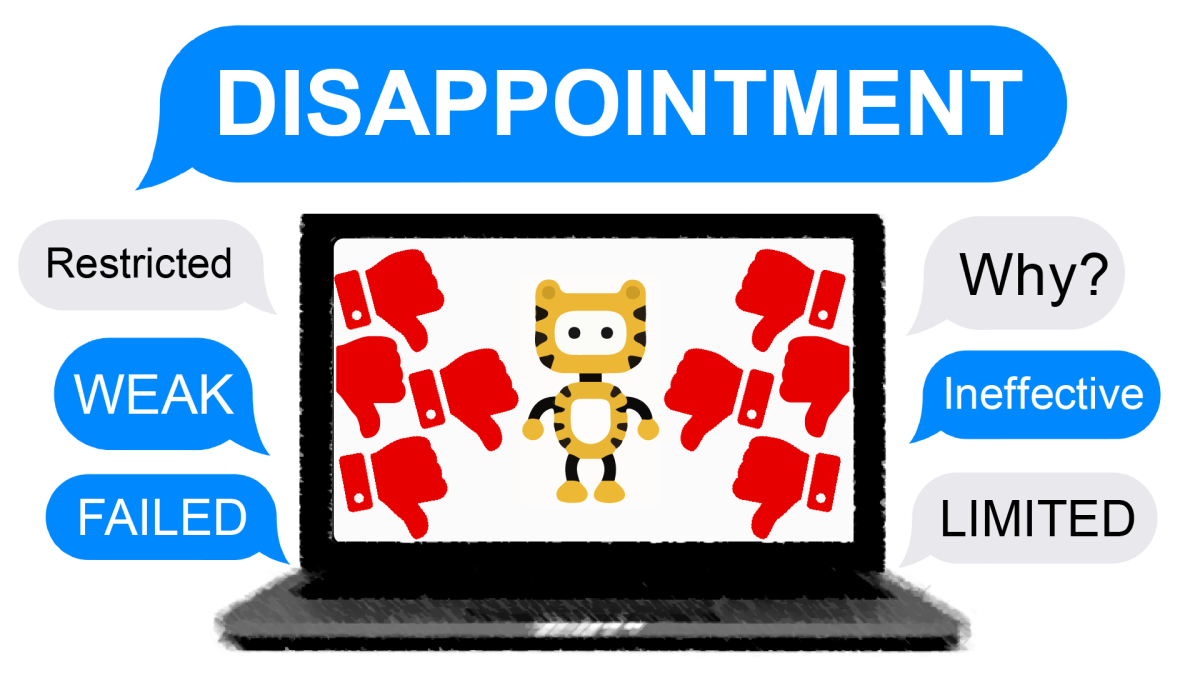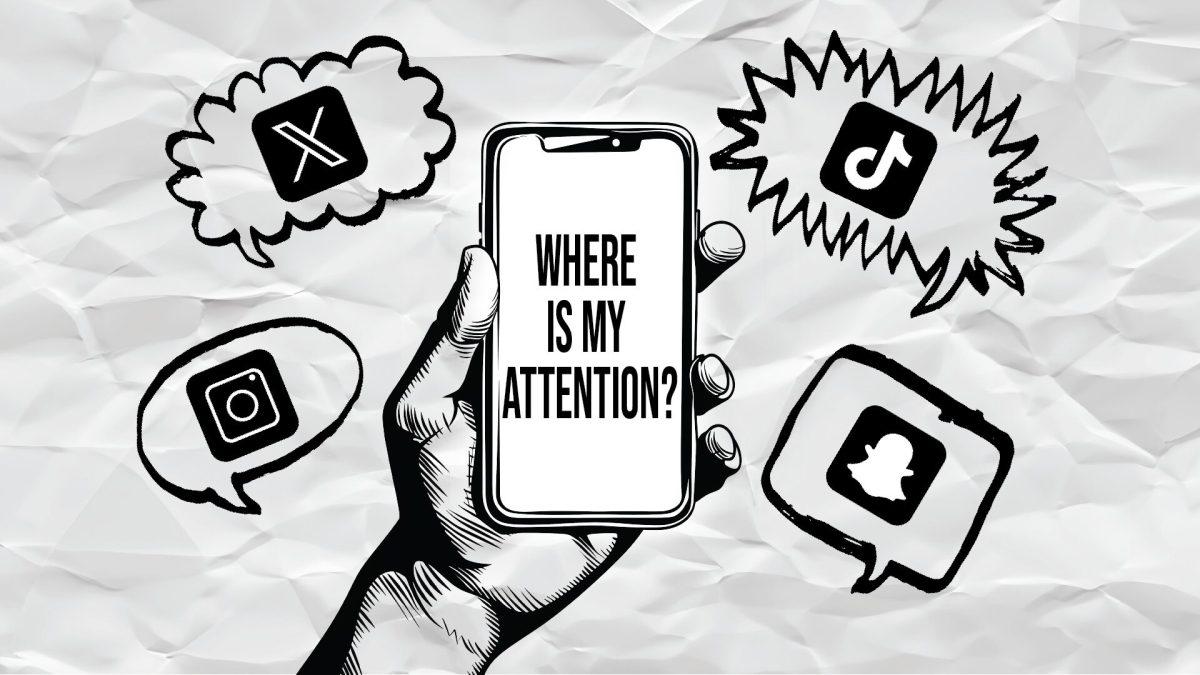_Hirsh Joshi is a first year law student at MU. He is a columnist that writes about race, culture, politics and government for the Maneater_
You’ve probably watched, or at the very least heard, of Netflix’s hit reality show “Indian Matchmaking” by now. The show dives into the Indian marriage industry, a market estimated to be worth roughly $50 billion. This is done through arranging marriages between Indian nationals and Indian descendants living abroad; the show displays this process from the perspectives of both the matchmaker and the clients.
Memes about the show have made their way across social media. While these memes are innocent and usually in good fun, the anti-Blackness hidden throughout the show is not.
One doesn’t need to look past the first episode of where an ideal Indian partner is described as “fair.” Colorism is so commonplace that the star matchmaker herself, Sima Taparia, felt no qualms about using light skin as a selling point for a match. Her clients didn’t think twice about listing fair skin as a requirement in a future partner. This standard of beauty is disproportionately applied to women in Indian culture.
A viewer may have to dig deeper for the implication of caste in the show and in the entire process of arranged marriages. Caste is a social status prescribed at birth that determines a person’s place in Indian society. Caste follows a hierarchy and is split into four levels. Fundamentally, arranged marriages in India are designed to maintain social status quo. While usually caste is applied, “Indian Matchmaking” attempts to cover it with a blanket, while not-so-coyly referring to it. They do this through using phrases such as “good family,” “shared community,” or “respectable family.” To non-South Asians, this may seem like a casual phrase, used without malice. To South Asians, we know what’s going on. It’s not as innocent as it seems. It should be noted that Sima Auntie has been criticized for only taking on high-caste, wealthy clientele.
Caste and skin color have been correlated, with lower caste Hindus, including the “untouchables” (Dalits) being largely darker-skinned. Anything that may tie into caste will similarly tie into skin color. Next time you share a meme or recommend this show to a friend, this context is extremely important to include. If the show aims to display the modernity and feasibility of matchmaking, it did a poor job — especially considering that none of the matches put forth on the show worked out. There are also implications on sex, biology, and rigid standards of gender roles. Casteism and colorism are essentially one, just as classism in the United States almost always ties into race.
Contrary to what some may think, anti-Blackness is not exclusive to the United States or settler culture. Asian cultures have maintained anti-Blackness for centuries. For current reference, think about Priyanka Chopra’s advertisements for Fair & Lovely, a skin lightening cream popular on the South Asian subcontinent. Some amount of anti-Blackness in Indian culture derives from Hinduism, the most popular religion amongst Indian Americans and Indian nationals (not to be confused with American Indians).
We can examine the Ramayana, a Hindu epic. Ram has his wife kidnapped and he seeks the help of strangers to get her back. It sounds simple, except that Ram is a god. The kidnapper is the King of demons and Ram’s help comes from an army of monkey-humanoids and their King, Hanuman.
Where the colorism lies: the army of monkey-humanoids are distinctly from the Southern portion of India, where people are darker-skinned. It’s not just that they’re dark-skinned; these individuals comprise a different ethnic group (Dravidians) compared to their Northern counterparts (Indo-Aryans*). The Ramayana thus refers to dark-skinned people as monkeys. To really hammer this point home: kidnapper is from Sri Lanka. Which is south of south India. Take a guess at what color their skin is.
Recently, South Indians have protested the glorification of this anti-Black epic which erases their humanity. They have been criticised as being anti-national and anti-Hindu, with some saying that they should be more civil and timely in their calls for justice. Sound familiar?
So why does this matter? Arranged marriage isn’t only performed by Hindus and colorism isn’t exclusive to just Indians. Why would I even bring this up during such a ‘fun’ show?
Because people have died over this. People have died over intercaste marriages. People have been killed over who they have chosen to marry. And no, this isn’t referring to something that happened millennia ago. This happens now. According to a Princeton study, roughly 90% of all Hindu-only marriages in India are within the same caste. In the areas of religious diversity, such as the Northeast and state of Kerala, that percentage is a bit lower. In the same study, inter-religious marriage was also shut down. In June, right here in the United States, a lawsuit pointed out caste-discrimination in the tech industry.
To accept casteist or colorist implications simply as ‘cultural’ or ‘customary’ is to ignore the very real consequences that come about disobeying it. Hopefully students at MU can see the harm and serious nature of anything that refers to caste or color. It’s not to say that topics like arranged marriage cannot have jocular elements to them; the show had some light-hearted moments. It’s to say that MU students should critically examine what they consume, especially when something is from a different culture. So if “Indian Matchmaking” Season 2 comes out, you should get goosebumps every time someone says “respectable family.”
*Contemporary Hindu Nationalists take great offense when described as “Aryan.” They instead prefer “Ancestral North Indian” to divorce themselves from their past as non-natives. Doing this would greenlight their agenda known for treating Muslims as foreigners and outsiders. The author wholeheartedly and purposefully uses the term “Aryan.”
As part of its commitment to highlighting organizations who fight for religious (and caste) justice, the Maneater is encouraging readers to donate to Equality Labs which is committed to ending discrimination and hate on the basis of caste, religion and gender in South Asia and abroad:
https://www.equalitylabs.org/donate or follow @equalitylabs on Twitter.
_Edited by Sofi Zeman | [email protected]_












